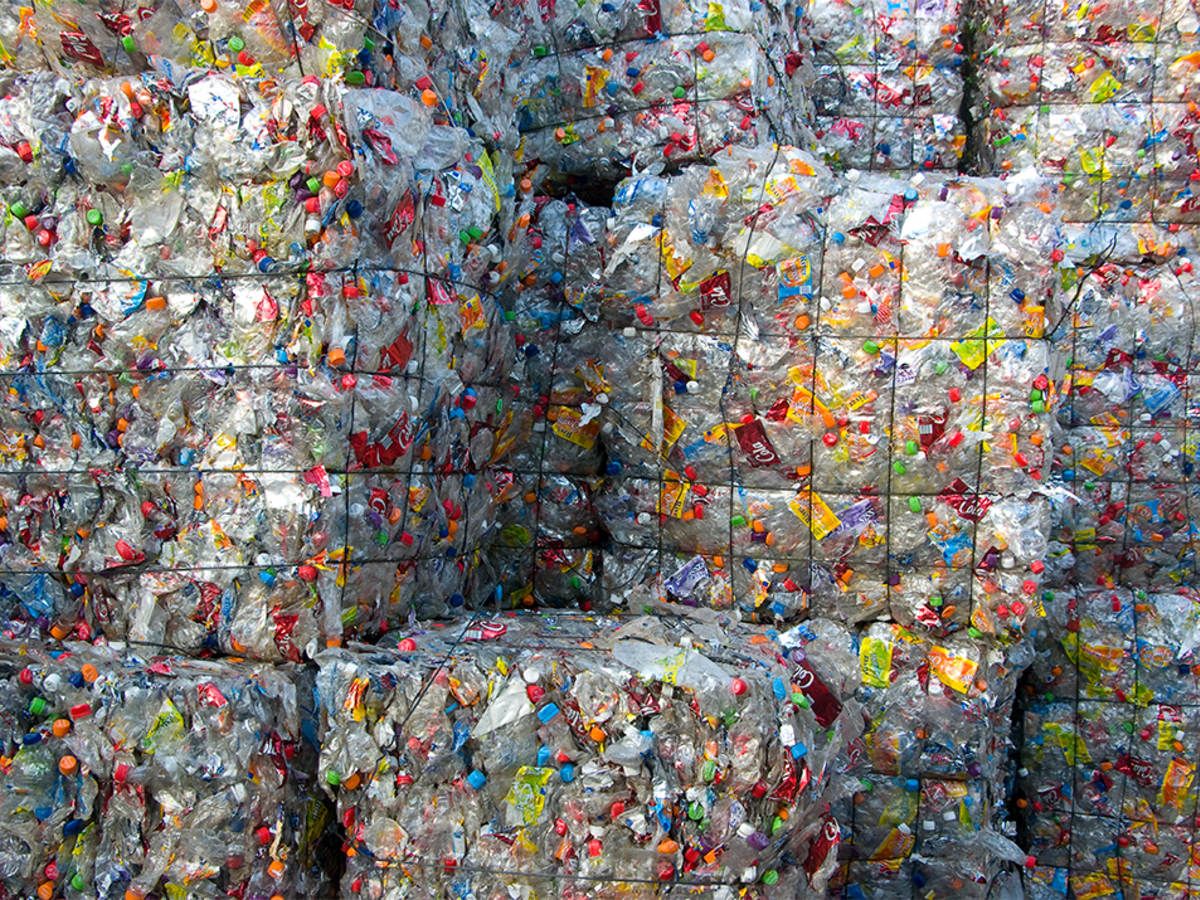October 19, 2020
Plastics are everywhere! They are essential in today’s world for purposes from sanitation in healthcare, to convenience in food service, and affordability of materials and furnishings that we use in our homes, offices and schools. Yet plastics also present a formidable environmental challenge, using precious natural resources in their fabrication and often disposed of in ways that negatively impact our ecosystem.
Fortunately, as we shift toward a circular economy, plastics recycling is growing. According to Statista, global plastic production has grown from 1.5 million metric tons in 1950 to 359 billion metric tons in 2018. Essential to the preservation of our planet, recycling plastic is fundamental to our efforts to reduce waste, halt climate change and preserve our planet for generations to come.
In honor of the growing movement to recycle plastics, we’re presenting a list of seven things you may not know about recycled plastic. We hope this information will pique interest, expand awareness and inspire action.
1. Businesses engage in plastics recycling
The Ellen MacArthur Foundation spearheads the New Plastics Economy Global Commitment, uniting businesses, governments and other stakeholders in an ambitious movement to reduce plastic waste and pollution. This program includes approximately 400 organizations, including more than 200 businesses from across all stages of the value chain, representing more than 20% of all plastic packaging used globally. According to their 2019 progress report, 36% of the participating packaged goods companies are currently engaged in testing and piloting business models that reuse plastics.
2. Consumers demand recycled plastic
According to a survey from Accenture, 83% of consumer respondents found it important or extremely important that companies design products that are meant to be reused or recycled. In addition, 77% on respondents indicated that plastics were the least environmentally friendly type of packaging. Recycling could help change that perception. For manufacturers, this insight provides a clear indication that the market demands sustainable solutions.
3. Regulations are changing the landscape
China’s implementation of the Blue Sky/National Sword policy (also known as the Green Sword policy) in early 2018 instigated changes in the way the globe thinks about plastic waste. For 20 years prior, China had imported recyclable materials from around the world, but in 2018, China’s Ministry of Environmental Protection restricted the import of dozens of categories of recyclable materials, including many types of plastic waste. Demand for recycled plastics, new plastic recycling facilities and reduced waste have all come to the forefront. This comes simultaneously with other legislation, such as one-third of the EU member countries placing restrictions and recycling mandates on manufacturers of single-use plastics. These changes will encourage increased recycling of plastics, as destinations accepting waste dwindle.
4. Plastics recycling can divert ocean-bound plastics from waterways
According to the Ocean Conservancy, an estimated 8 million metric tons of plastic enter our oceans every year. Projections suggest that if we don’t act now, there could be 1 pound of plastic for every 3 pounds of fish in the ocean within the next decade. An important step in reducing plastic in our oceans is to collect and divert ocean-bound plastics to recycling facilities, preventing it from entering our waterways. New verification standards like the UL 2809 Standard for Environmental Claim Validation Procedure (ECVP) for Recycled Content verify the amount of ocean-bound plastic used in products.
5. The difference between pre- and post-consumer recycled content
Recycled plastic has many sources. Pre-consumer recycled content is material that has reached its intended end user and is no longer being used for its intended purposes. Post-consumer waste may be generated from things like plastic bottles and food containers after the contents have been consumed or a cell phone that has been used and thrown out after years of use.
Pre-consumer (post-industrial) recycled content is material diverted from the waste stream during a manufacturing process that has never reached an end user. Examples may include trimmings from plastic packaging when manufactured or plastic toys rejected by quality control that never reach the consumer.
Both types of recycled content divert waste from the landfill and can serve as acceptable sources of recycled plastic content.
6. Recycled plastic can be verified for safety and performance
UL is at the forefront of efforts to provide a range of objective mechanisms used across the entire plastics value chain to verify the quality, safety and sustainability of recycled plastics so manufacturers, brand owners and end users feel confident in the performance and credibility of the materials. For example, UL 746D, the Standard for Polymeric Materials – Fabricated Parts (Ed. 8), evaluates plastics with recycled content for compliance with UL safety Standards. UL also offers a Plastics Testing and Certification Program (Yellow Card), which tests plastics for compliance with applicable regulatory standards, as well as for conformity with the performance requirements.
7. You can calculate recycled plastic
It may seem as though it would be nearly impossible to effectively calculate the amount of recycled plastic used in goods. After all, how is it possible to verify that the plastic used in a product was actually part of what is now a blended melt of polymers or liquid resin? It’s simply impossible to distinguish chemically recycled content from new plastic. In response, the Ellen MacArthur Foundation and UL established a process called the mass balance accounting method to track volume through a production system and account for the amount of recycled plastic used in the final product. If you’d like to discover how it works, read Mass Balance: A New Approach to Calculating Recycled Content.
As we continue to shift to a more circular economy, manufacturers can begin outlining plans for increasing their use of recycled materials. View UL's recycled plastics solutions or contact UL for assistance defining next steps.
Get in touch
Have questions, need specifics? Let's get this conversation started.

